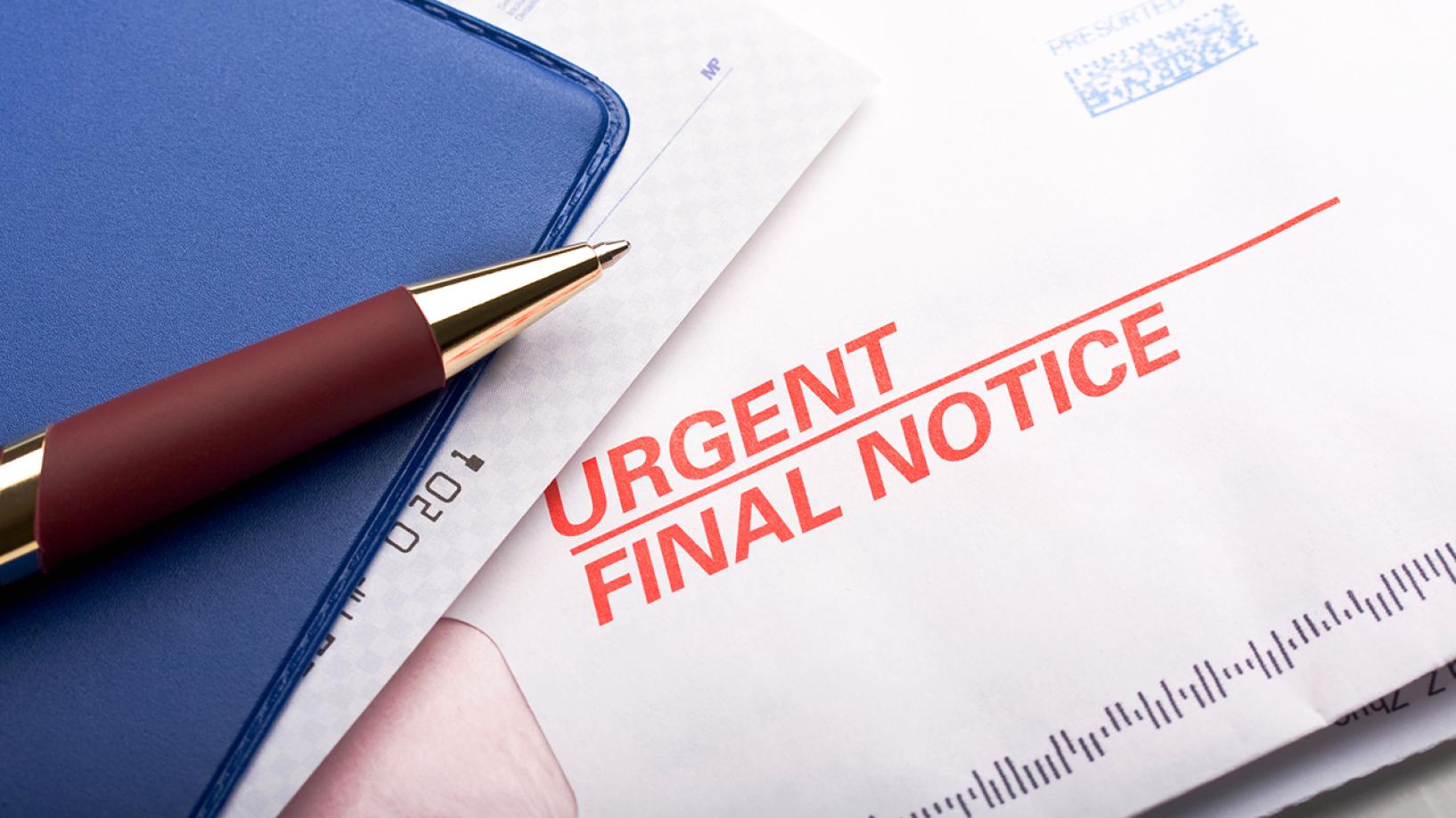Financially vulnerable Australians deserve more help from their energy retailers to emerge from the Covid-19 pandemic without crippling levels of energy debt, according to the national voice for household and small business energy consumers.
Energy Consumers Australia Chief Executive Officer Lynne Gallagher said the Annual Retail Report, released today by the Australian Energy Regulator, contains several concerning findings. “We are seeing larger energy debts and more people owing a debt to their retailer,” she said.
“Yet the number of people being placed onto hardship programs by their retailers has fallen significantly – that simply should not be the case.”
The AER finds:
- Average household energy debt, for gas and electricity combined, has increased 12% from $897 in 2019/20 to $1,000 in 2020/21.
- The number of customers with debt over $2,500 has significantly increased.
- The average electricity debt for a customer upon entry into their retailer’s hardship program rose 21% over the same period from $1,304 to $1,584.
- 182,665 households are paying off energy debt, an increase of 8,444 from the previous year.
Despite this, the number of people classified by retailers as hardship customers fell from 72,882 to 65,855 in 2020/21. Retailers have an obligation to identify whether customers need to be placed into hardship programs, where they are given assistance such as financial counselling and energy efficiency audits and the amount of debt they are required to repay is moderated according to their ability to pay it.
“It is no secret that many Australians have suffered economically during this pandemic and that energy bills have been a key pressure point during that time,” Ms Gallagher said.
“We’d expect to see more consumers being offered this kind of support at such a time and it is incredibly disappointing to see that has not been the case.”
In response to Covid-19 the AER issued and maintained its Statement of Expectations, a framework that prevented retailers from disconnecting household consumers who were having difficulty paying energy bills. The statement has now been lifted but can be reactivated if or when specific jurisdictions enter periods of lockdown.
“The Statement of Expectations was useful but it was always going to be like putting a Band Aid on a major wound,” Ms Gallagher said.
“The way the energy system treats financially vulnerable people was a problem before Covid-19 and we can now see it will remain a much larger problem after it, unless we do something different.
“We have delayed the reckoning that we needed to have and now is time for everyone in the energy system – including retailers – to come together and identify better ways of doing things. We can’t afford to assume everything will magically ‘snap back’ to a pre-pandemic state.”
Ms Gallagher said retailers needed to undergo a mindset change: “The thinking needs to be about, ‘how can we help people avoid getting into these debt spirals that they can’t get out of?’ Not, ‘how can we get them to pay what they owe?’.”
The AER has flagged that it would be monitoring retailers during the next 12 months to assess whether they were doing everything they could to ensure customers who needed to be placed on a hardship program received such help.
Ms Gallagher said this was an important starting point but hardship programs alone were not enough.
“There needs to be a full and serious attempt across the industry to create a new way of doing things that identifies much earlier when customers are beginning to hit financial trouble and offers flexible and creative ways to stop people running up energy debts,” she said.
“Because we know that many of these debts can take years to repay and, for some, can never be repaid. The cost of that, for consumers, for families and for our community is not something we should be willing to allow.”
Media Contact: Dan Silkstone, 0414622762
Energy Consumers Australia is the independent, national voice for residential and small business energy consumers. We enable residential and small business energy consumers to have their voices heard by the sector by working with other consumer groups to gather evidence-based research with a national perspective, distil it to key viewpoints, and feed it back to the market to influence outcomes.

